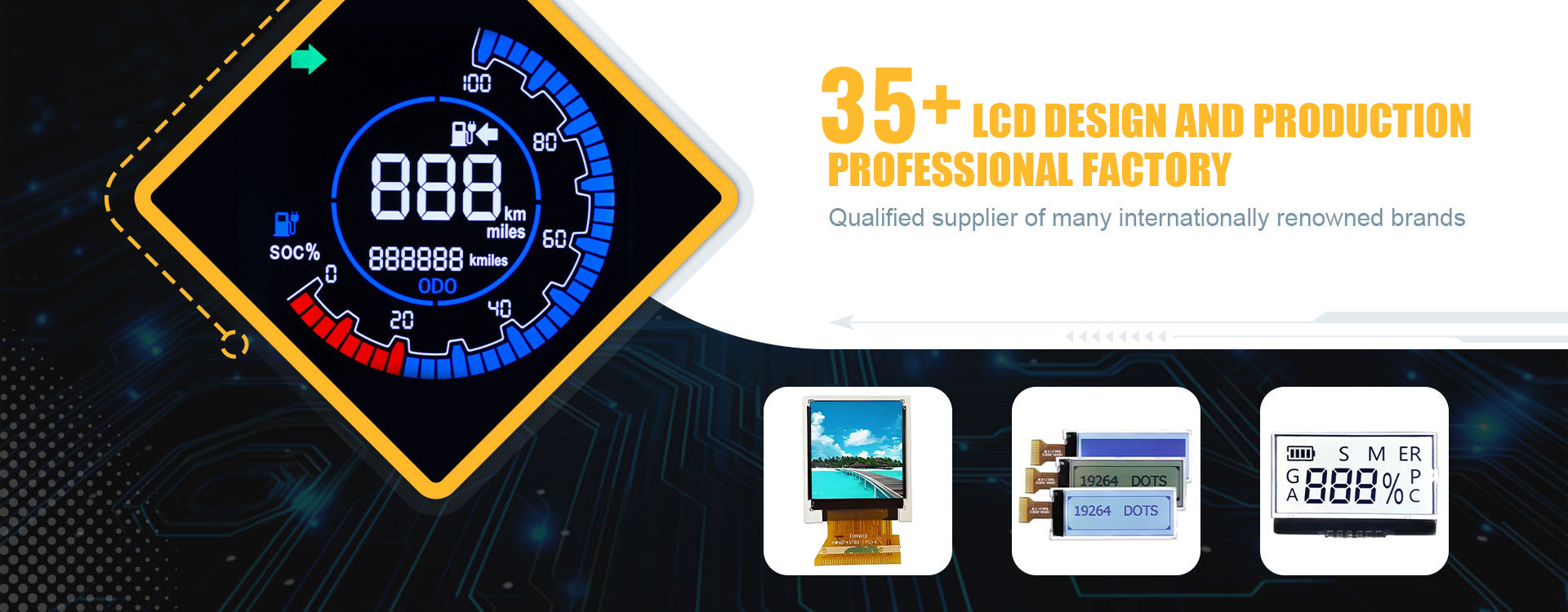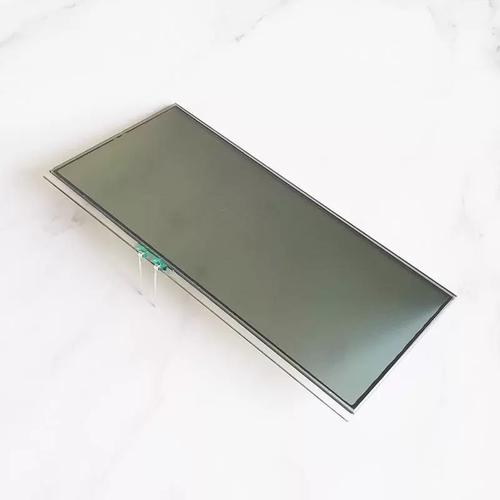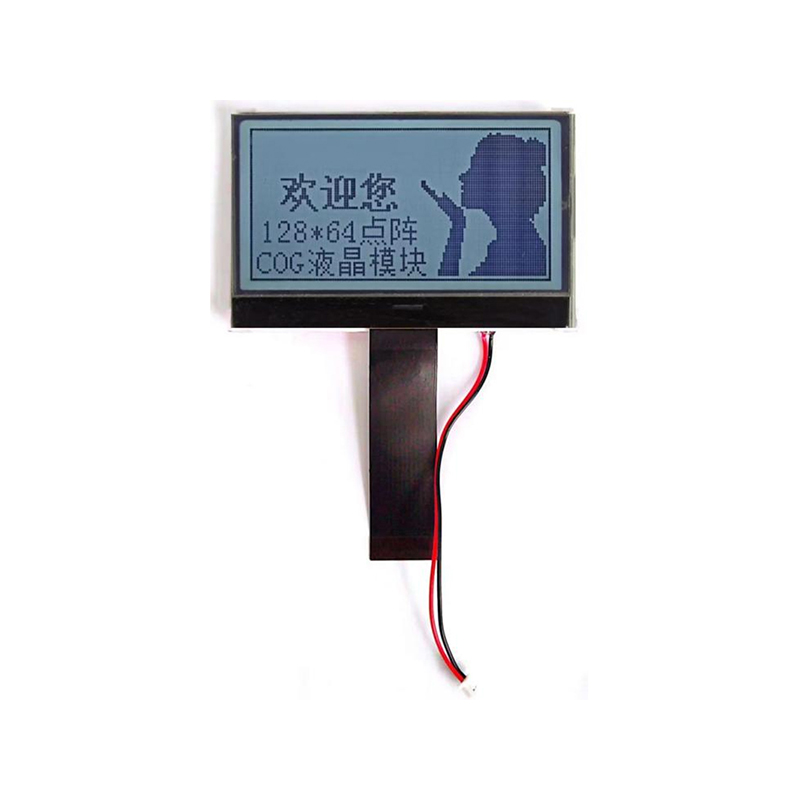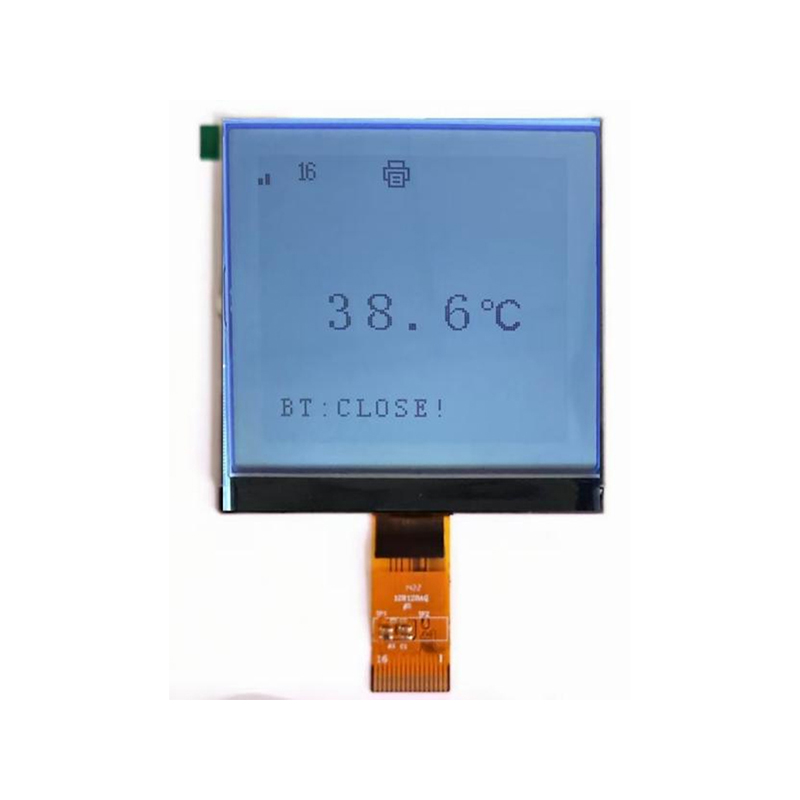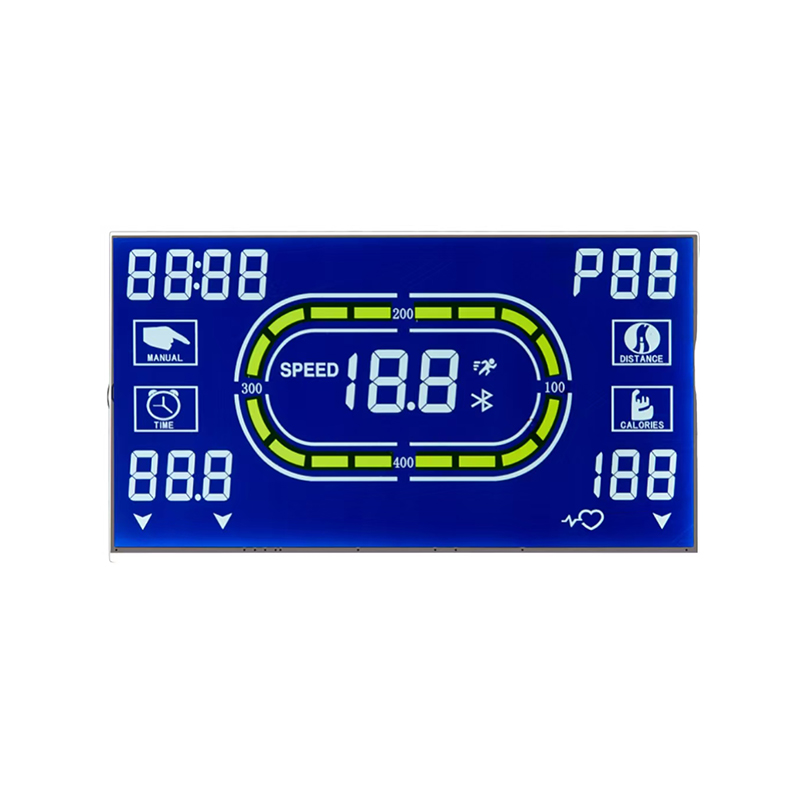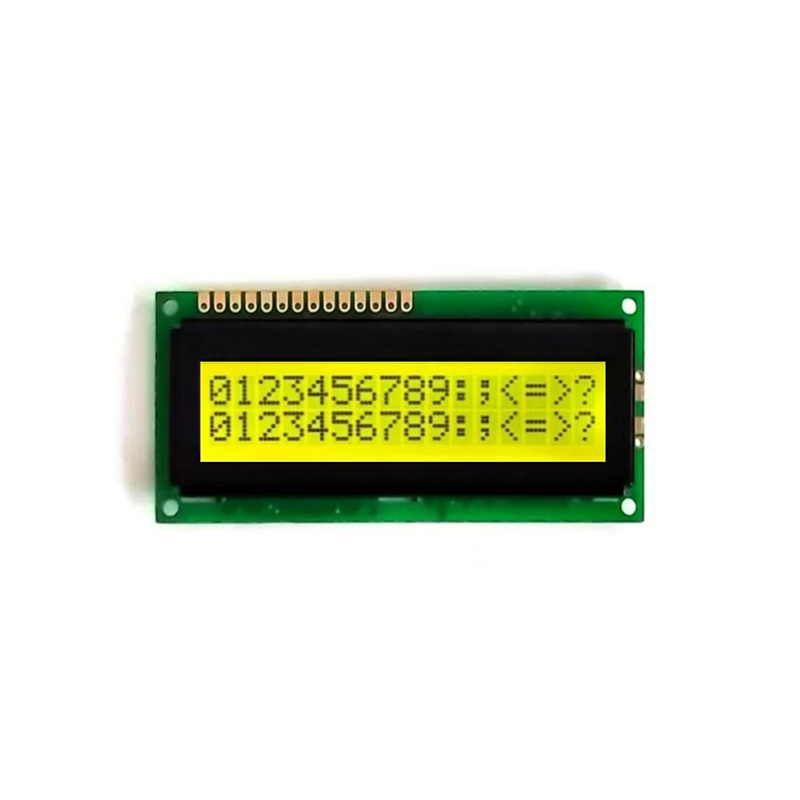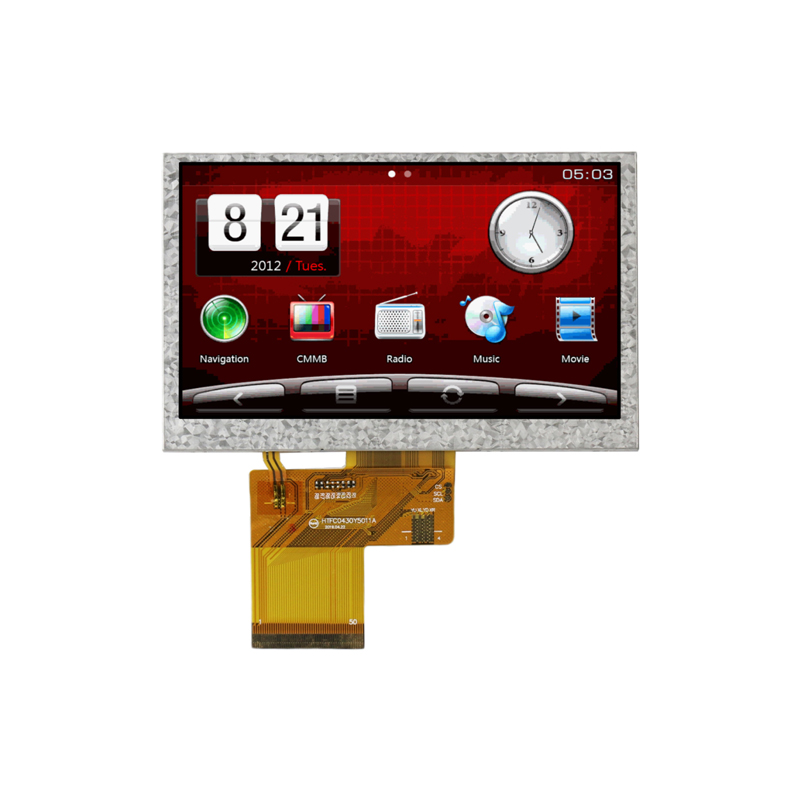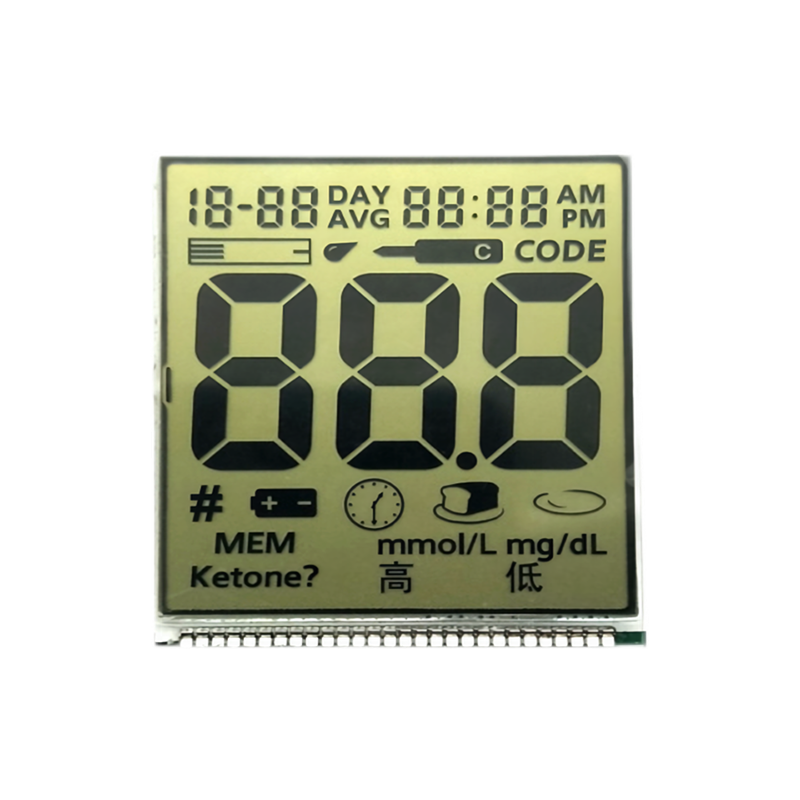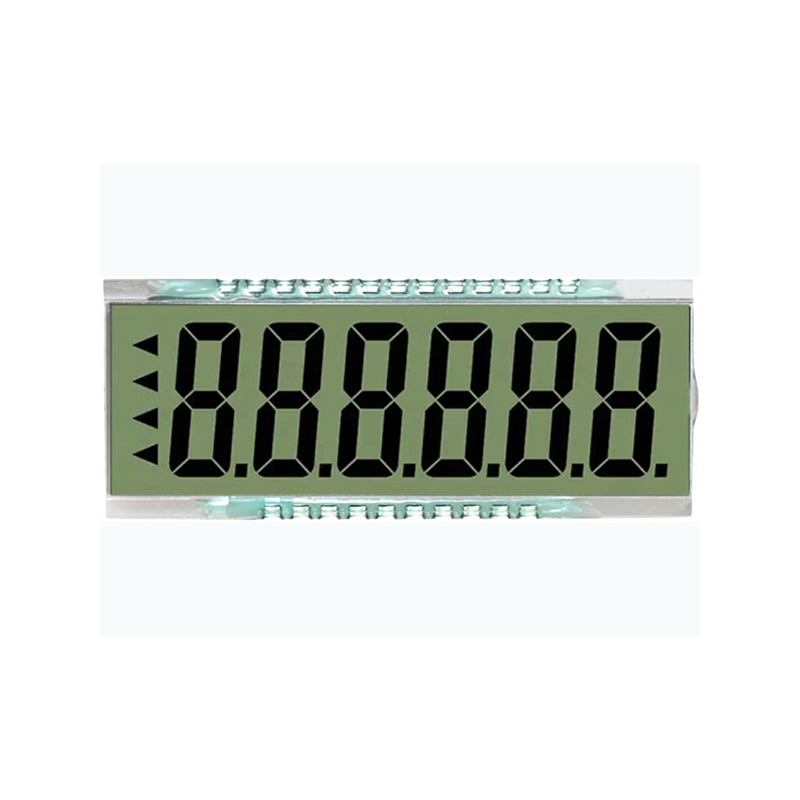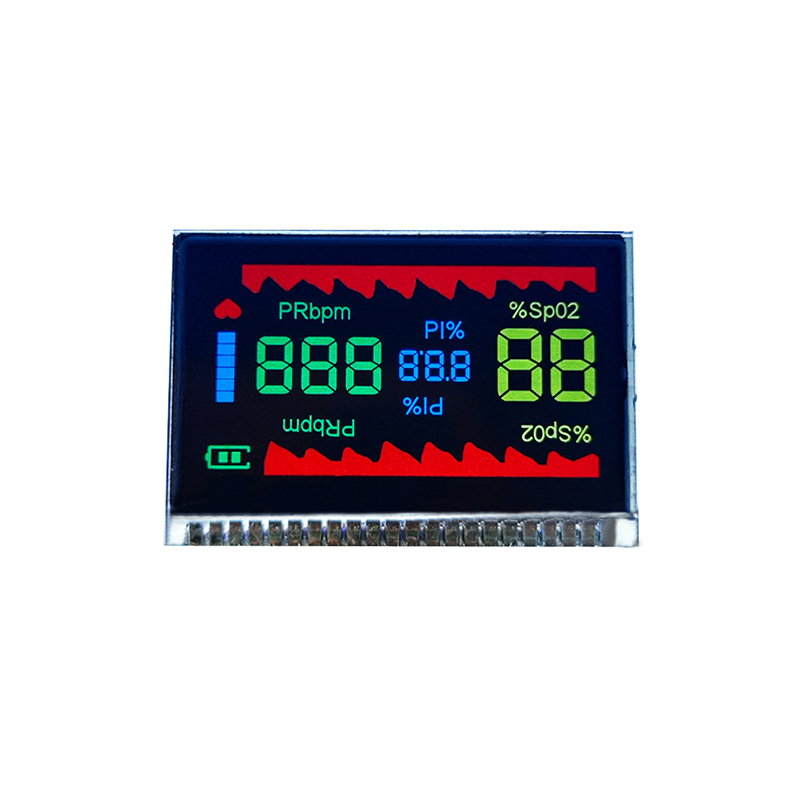
This comprehensive guide explains the microsd spi interface, covering its functionality, protocols, and practical applications. Learn how to effectively utilize this versatile interface for data storage and retrieval in various embedded systems. We'll explore the technical specifications, common challenges, and best practices for successful implementation.
The microsd spi interface is a widely used communication protocol that enables micro Secure Digital (microSD) cards to interact with embedded systems. Unlike the more common SDIO (SD Input/Output) interface, SPI (Serial Peripheral Interface) offers a simpler, more direct communication method. This makes it ideal for applications where resources are limited, such as microcontrollers in IoT devices or smaller embedded systems. The SPI protocol utilizes four primary lines: MOSI (Master Out Slave In), MISO (Master In Slave Out), SCK (Serial Clock), and CS (Chip Select).
The microsd spi interface relies on a synchronous clock signal (SCK) to synchronize data transfer between the host controller and the microSD card. Data is transmitted serially, one bit at a time, on the MOSI and MISO lines. The CS line selects the microSD card, enabling communication and deselecting it to prevent unwanted interaction.
Communication occurs through command and data frames. Commands are sent to initiate actions like reading or writing data, while data frames contain the actual data being transferred. The specific command set and data formats are defined in the SD card specification. Careful attention to timing and synchronization is crucial for successful communication using the microsd spi interface.
Choosing between SPI and SDIO depends on the specific needs of your application. Let's examine the pros and cons of using the microsd spi interface:
| Advantage | Disadvantage |
|---|---|
| Simplicity and ease of implementation | Lower data transfer speed compared to SDIO |
| Lower resource consumption | Requires more careful timing management |
| Suitable for resource-constrained systems | Might not support all microSD card features |
Implementing a microsd spi interface involves careful consideration of hardware and software aspects. You'll need appropriate hardware components such as an SPI-compatible microcontroller and a microSD card socket. The software involves writing drivers to manage the SPI communication protocol and handle data transfer. Many microcontrollers come with libraries or examples to simplify this process.
Common issues include improper wiring, clocking errors, and incorrect command sequences. A logic analyzer can be invaluable for debugging microsd spi interface problems. Refer to the microSD card's datasheet and the microcontroller's SPI documentation for further troubleshooting assistance.
For high-quality LCD displays to complement your embedded systems, consider exploring the offerings of Dalian Eastern Display Co., Ltd. They provide a wide range of displays suitable for various applications.
This guide provides a foundational understanding of the microsd spi interface. Further research into specific microcontroller and microSD card datasheets is recommended for detailed implementation.
